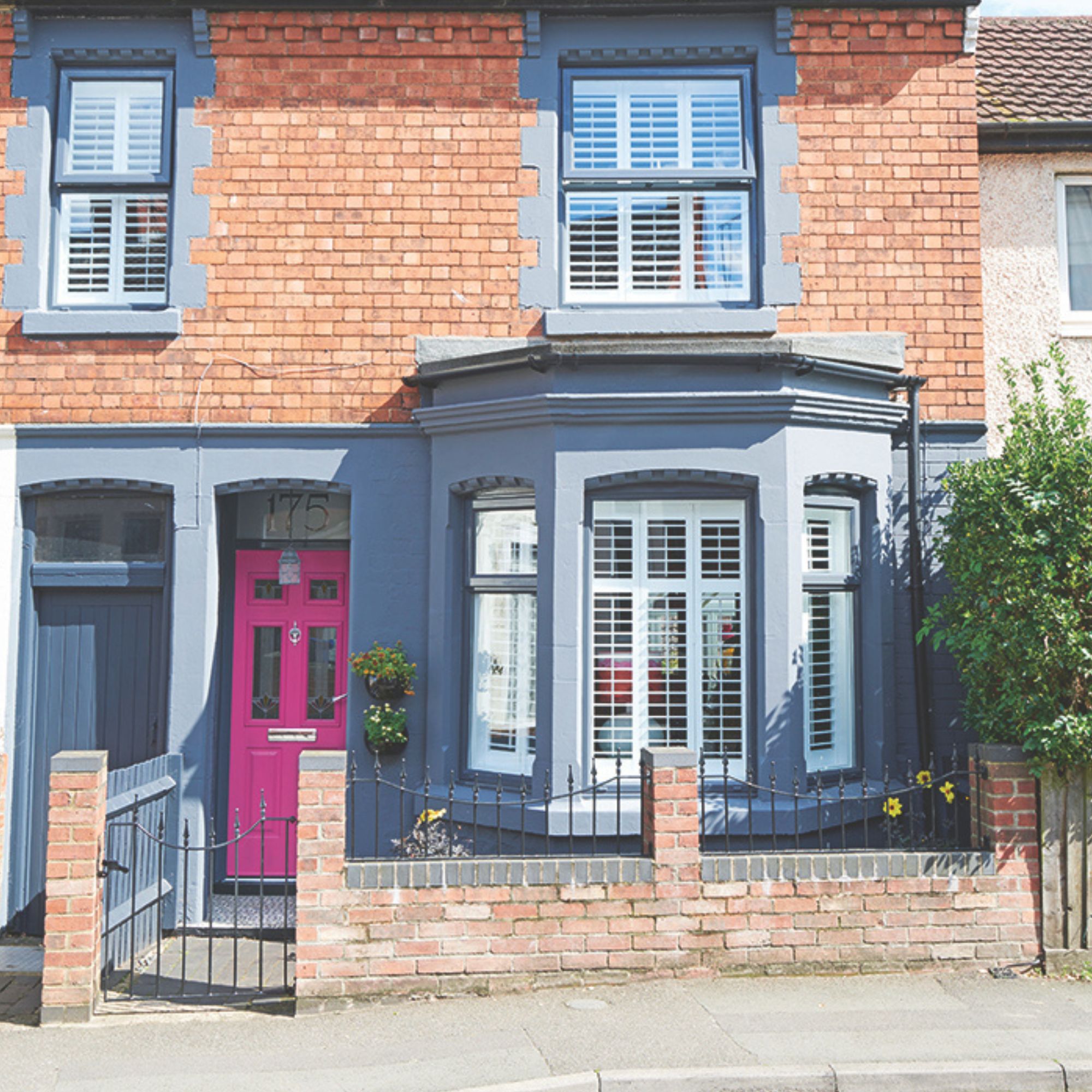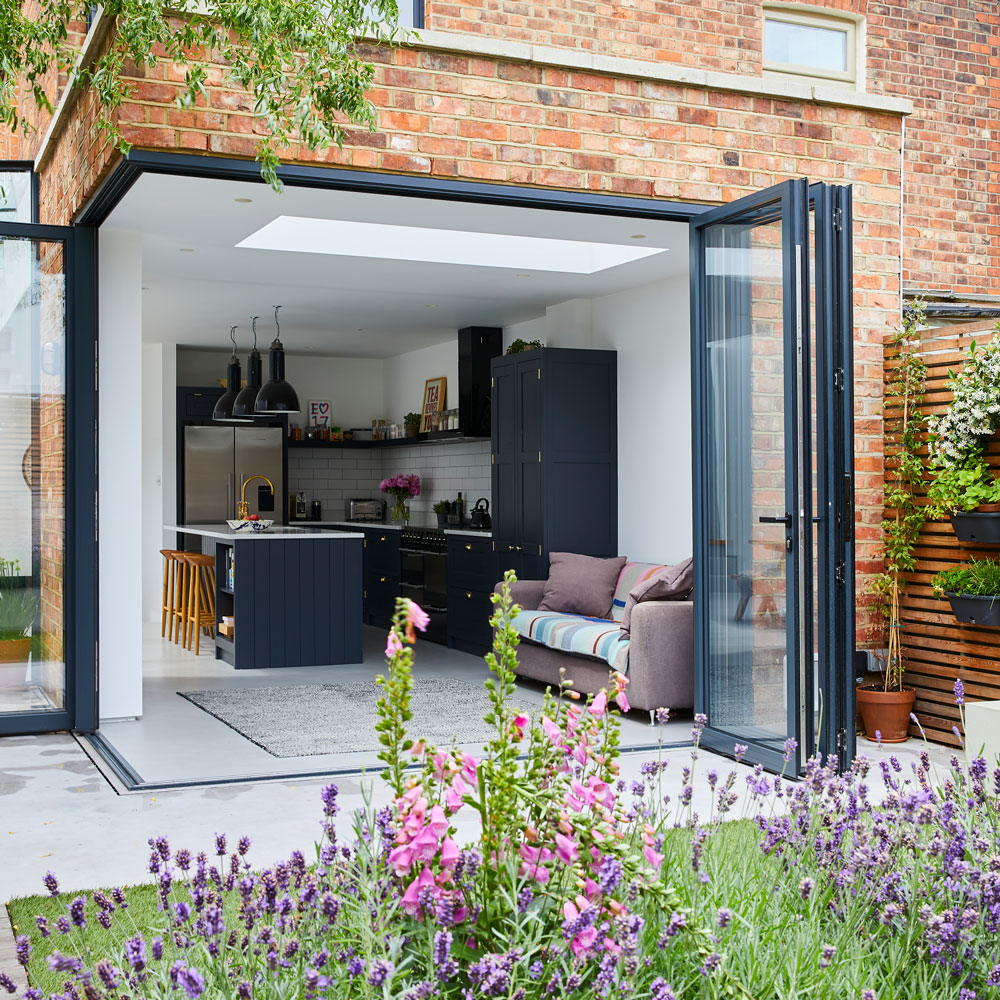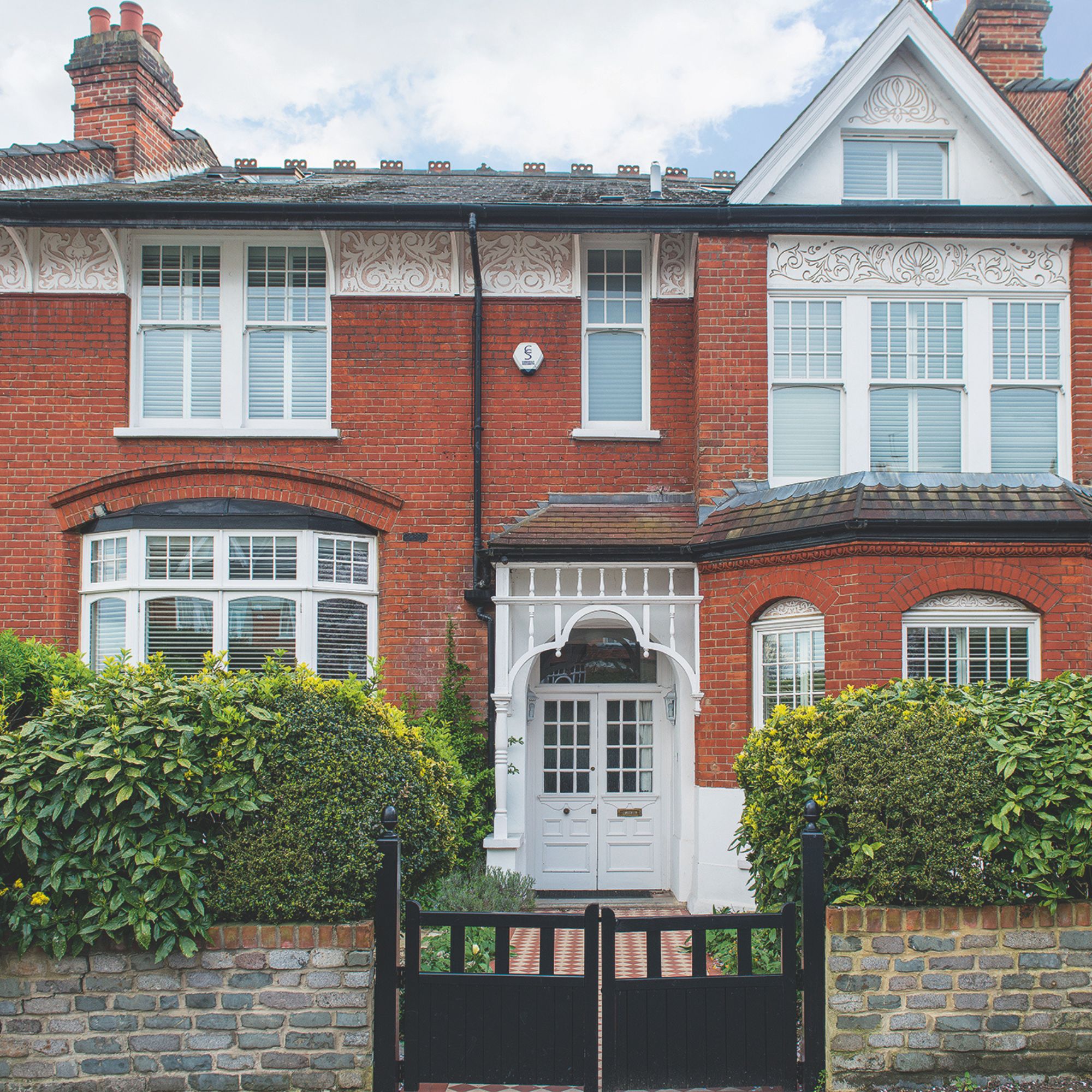
If your goal is to establish a home with fresh, sun-soaked interiors, it’s likely you’ve already considered upgrading your windows to maximise the amount of sunshine coming in, or even toyed with the idea of installing completely new openings.
It’s possible that changing the exterior of your house – including replacement windows – might trigger the need to apply for planning permission from your local council. But when it comes to planning matters, things are rarely clear cut.
We spoke to the experts to find out whether it’s possible to change your windows without the need to make a full planning application, and the various factors that might affect what you’re able to do.
Do I need planning permission to change my windows?

Typically, if you’re switching existing windows with like-for-like replacements, planning permission is not required. If you’re replacing the windows on a house, providing your new windows are ‘similar’ in appearance to the original set – essentially, with frames of the same size and colour overall – you would usually be allowed to proceed without submitting a planning application.
Rules tend to allow you to change the material of the frames, providing the new ones still look similar to the originals. For instance, if you plan to switch timber frame windows for wood-effect uPVC units.
This is because changing your windows is one of those home improvements that falls under what’s known as Permitted Development. This set of rules was introduced to simplify and streamline the process of various home improvement projects, making numerous upgrades possible without the need to go down the formal planning permission route.
'Flats, however, do not have the same rights,' says Stephanie Dale from Studio Webster Dale. 'You can only replace windows without permission if they are exactly like for like. Leaseholders should also obtain permission from their freeholder.'
However, before going ahead and installing your replacement windows, it’s important to check whether Permitted Development (PD) rights actually apply to your property. For instance, if you live in a designated zone such as a Conservation Area or an Area of Outstanding Natural Beauty, PD allowances do not apply.
'If you live in a listed building then you will always require Listed Building Consent to change windows,' says Stephanie. 'It is a criminal offence to make changes to a listed building without it.' If in doubt, always touch base with your local authority before making any changes to the exterior of your property.
Do I need planning permission to add a new window opening?

As in many scenarios where planning permission is concerned, the frustrating answer to this question is – it depends.
If you’re the owner of a house, it is possible to create a new opening under PD rights providing it follows a similar style to your existing windows. Bear in mind, there’s usually more leeway if you’re installing a new opening to the back of the property rather than the front.
'If the windows are of a similar size and appearance, this falls within PD rights. However, if they significantly differ in appearance or size, it’s worth checking beforehand with your local authority,' says Collette Raine from PAD Studio.
'An example would be that a bay window would be treated as an extension, or if you were inserting four windows of random sizes and colours,' says Collette.
Most authorities would also require you to apply for formal planning permission if you’re inserting a new window opening facing the highway (ie likely on the same side of your house as your front door). This is why there’s a little more wiggle room when it comes to making changes at the rear of your property.
You can check the full criteria of what’s possible under planning permission via the Planning Portal or by contacting your local authority directly.
Do I need planning permission to change a window to a door?

As with above, there’s a lot more scope to make alterations to the rear of your house rather than the front. And that applies if you want to change a window into a door
'If you’re looking to make these changes to the back of your property, then you would not normally need to obtain planning consent,' says Darren Bray from Studio BAD. 'However, you probably would if you were making changes to the front elevation.'
Regardless of the position of the changes you’re making in terms of window/door openings, physically altering the building in this way would require sign off from Building Control.
Can I put a new window on the side of my house without planning permission?
In some instances, it is possible to fit a new window on the side of your house in accordance with the parameters set out by Permitted Development. However, any new side window that could have an impact on the privacy of a nearby building will need careful consideration.
'Permitted Development rights state that windows on any upper floor, located either in a wall or on the roof slope forming part of a side elevation overlooking a neighbour, should have obscure glazing,' says William Tozer of William Tozer Associates.
'It should not be openable if the window is less than 1.7m above the finished floor of the room in which the window is being installed,' says William.
Does double glazing require planning permission?

In the drive to slash energy bills, upgrading single glazed windows to double- or even triple-glazed units will provide an additional barrier to help keep precious heat inside your home.
'To simply change the glass from single to double-glazing shouldn’t require permission – unless you’re in a listed property or Conservation Area,' says Matt Higgs from Kloeber. 'If so, there may be restrictions on the exact thickness of glass that can be used so the appearance remains in keeping.'
That doesn’t mean it isn’t possible to switch single-glazed units for units that offer better thermal efficiency – your local planning officer may just require detailed drawings, and potentially samples, to see the proposed design of your new units.
There are also alternatives for homeowners that can’t upgrade to double-glazed windows. 'You will often see original windows that cannot be replicated in double glazing eg an historic stained-glass window,' says William.
'In this scenario you could consider secondary glazing as an alternative. This solution is considered an appropriate alternative for listed buildings as it is not permanent, whilst also providing great insulation qualities and sound proofing,' says William.
FAQs
Do building regulations apply when changing or adding new windows?
Building regulations always apply when changing or adding new windows. When it comes to getting the work signed off, there are two possible routes you can take.
'You can either get the windows installed by a registered company that can self-certify through recognised bodies like CERTASS or FENSA, or you can have building control sign off the specification and installation,' says Matt from Kloeber. FENSA, for instance, is a government-authorised scheme that monitors quality to ensure installations comply with the standards laid out by building regs.
'There’s no right or wrong way of doing this,' says Matt. 'If you’re having other building works done, it will be signed off by building control as part of the complete works, so you may not need the installer to certify.'
What action should I take if I’m unsure about changing my windows?
If you have any concerns that upgrading your windows might be contentious from a planning perspective, contact your local authority to double check. Even if the works do fall under Permitted Development, it’s always worth obtaining a Certificate of Lawful Development for peace of mind.
'This certificate essentially says that the works did not require planning permission,' says Stephanie from Studio Webster Dale. 'You are likely to require this document if you ever come to sell the property.'
If it turns out you do need planning consent to make the changes to your windows you want, you might find consent comes with planning conditions attached. These will need to be followed otherwise the permission will be withdrawn.







